1. The Crazy Big, Bold Announcements
Don’t, just don't tell anyone you’re on a diet. That way you don’t get the pressure that comes from everyone’s unsolicited advice and daily check-ins like this:
"How’re you doing? I’ve lost x number of pounds, how about you?"
"Don’t eat that. Are you sure you want to eat that? Remember, you’re on a diet. Gotta cut carbs." Blah blah blah.
So, yeah, this is one of those things where you usually get better, long-term results by keeping it to yourself. And that's the ultimate goal, right?
2. Y'all Expect Super-Fast Results
I’m just as guilty as everyone else on this one. Every time I attempt to lose even just five lousy pounds, I expect to see some amazing results in a few days or, at the least, within a week or two. And just like me, most people give up too soon.
This year I finally realized that I didn’t gain that weight in a week, a month, or even six months. (It actually crept up over a period of 15 years.) So we shouldn't expect to lose it any faster.
3. You Might Believe the BS About “Water Weight”
How many times has someone told you that the first few pounds you want to lose is just "water weight?" ARGH! What does that even mean?
The only resulting behavior I've seen because of this belief is that dieters want to stop drinking water. Bad idea!
Ok, here are two reasons I can think of that this is a bad idea:
-
First, your body is made up of 70% water. When you cut it out you get dehydrated and then get to learn about all kinds of things that that causes like headaches, dizziness, nauseousness, low energy and a real fun one, constipation.
-
Second, water is your body’s natural laxative. It’s what it needs to flush out waste, toxins, and germs.

A few bonuses though:
4. You Don't Keep Track of Anything
Think of controlling your food intake and output like controlling your money intake and output.
I mean, have you ever put say, $50 in your wallet and two days later found it gone? And you have no idea how that happened?

The only way to really keep your spending (and your weight loss and maintenance program) under control is to always be aware of what's going in and what's going out. When you watch your food intake as well as your weight and measurement numbers daily you can see within 24 hours what's having a positive or negative effect. With that information in the forefront of your mind you can make positive adjustments immediately.
Personally I can gain 2 pounds in one meal, in one day, and it can take up two weeks for me to lose it! So, imagine if you don't check your weight for a week; you can put on 5-10 pounds and not even realize it until your "weekly weigh-in." Oh my gosh, and have you ever noticed how popular that practice is with most overweight doctors or nurses? (You can see how well that's working for them.)
The other thing is that most people can’t always rely on their memory. In today's fast paced world, we can hardly remember what we had for breakfast let alone what we ate the day before. (Seriously, how often do you lose your keys or cell phone?)
Besides, all you have to do to see if relying on your memory is working for you is look in the mirror...naked.
So, bottom line, if you want good, long-term weight-loss results, keep a weight & food diary. Yes, that's mine in the picture. And nope, it doesn't have to be complicated.
This practice alone will really open your eyes to which foods cause you to put on weight, but more importantly, which foods cause you to lose weight. This way you can see, on a daily basis, which of your eating habits should be changed asap.
For example, one thing that I noticed is that even though I'm loving my lasagna, if I have a cup of broccoli (with butter of course) with it, I will lose 2 tenths of a pound. If I just fill up on lasagna, I will gain 2 tenths of a pound. I also noticed that when I have chicken instead of a burger I will either lose a little or at least maintain my weight.
Can you tell I'm not starving here? Starving is so not a long-term solution to any weight loss. You just need to make small changes such as adding vegetables to your biggest meal of the day, and you will see progress; maintainable progress.
Check out my New Year's Resolutions Busting Diet to learn more about how that can all work for you.
5. You Might Believe that Extreme Exercise is a Requirement for Weight Loss.

Eating Less is Far More Important than Exercising More
There's this huge misconception that one must do extreme exercise along with a diet in order to lose weight. Membership gyms really like to promote this fallacy because it's really good for their businesses.
But think about it: how many healthy, slender 60-year-olds do you see hanging out in a gym? Generally, you won't see many people over the age of 40 or 50 in one of those places.
The point is that what usually happens is that because of the constant hype about joining a gym or buying expensive equipment, most people don’t feel they have the time or money for exercise. So they give up pretty darn quick.
Well here’s a news flash for ya:
90% of successful weight loss is accomplished by making simple changes in your diet.
Yes, exercise is very good for your health in many ways: i.e., builds a strong heart, keeps your muscles strong and flexible thereby avoiding many back and knee problems. However, unless you are a professional athlete, most exercise only contributes to less than 5% to a weight loss effort. Don't take my word for it: Do some research or ask your own doctor.
So do what you need to do to stay toned and healthy.
Check out some of the exercises I do to stay toned, but not kill myself.
6. Cutting Out Entire Food Groups Sounds Like a Good Idea
A lot of people feel they need to cut out entire food groups or all of one ingredient. For instance, anything containing fat and sugar, and all carbs are the most popular. That’s all fine and good for a temporary loss. But all natural foods (things that are grown) contain one of those ingredients.
For example, many vegetables contain carbohydrates, most meats contain fat, all berries and fruits contain sugars and so do some vegetables such as beets. These are the foods on which one should be filling up on a daily basis for the simple reason that every human body is designed to glean all nutrients from them and burn off the waste.

The only "food group" I'd recommend cutting out completely is anything "born" in a box. Think about it...that stuff is all man-made and full of weird ingredients that most of us can't even pronounce. Imagine how our body is going to react to all that weirdness?
7. You May Be Wanting a Short-Term Commitment to Fix a Long-Term Problem
This goes hand-in-hand with wanting instant results. If you want to lose weight and keep it off for the long term, as in years, you must choose a diet that you can live with for that long. Period.
Yes, there is HOPE!
Losing weight and keeping it off doesn't have to be a ton of work. The trick is to make a few simple changes in your daily routine. Not drastic, extreme changes; but easy changes. That's the key right there. Things you can realistically see yourself doing every day for the next 30 or so.
Over a short period of time, you'll start noticing that you're getting results that are lasting and so easy to maintain. And that's the ultimate goal, right?
Check out some examples of the simple routines that I've been doing for the last...hmmm 30 years! And never give up!




 Some of the most common posts I see on social media these last few months hover around a handful of conflicting statements regarding the COVID numbers and ending with, “the President is a dictator,” or “the President should have done more.”
Some of the most common posts I see on social media these last few months hover around a handful of conflicting statements regarding the COVID numbers and ending with, “the President is a dictator,” or “the President should have done more.”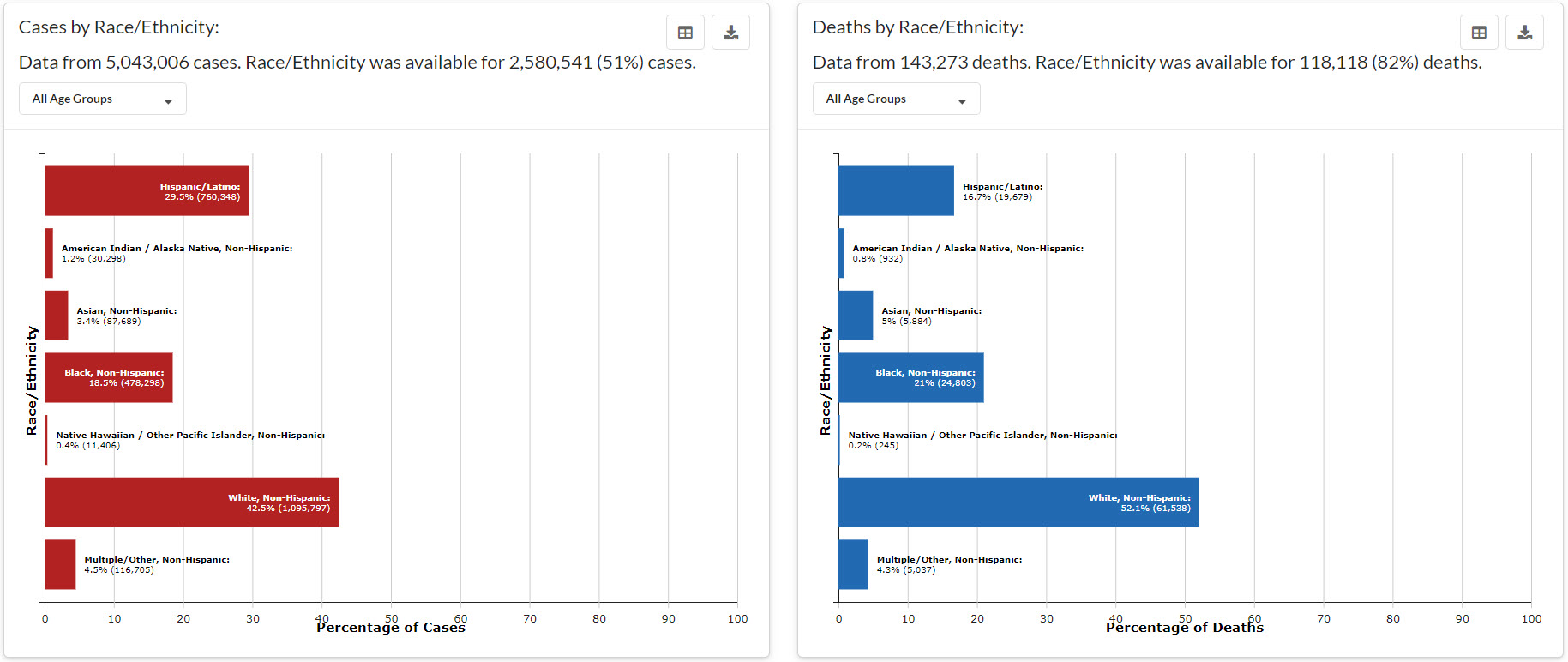
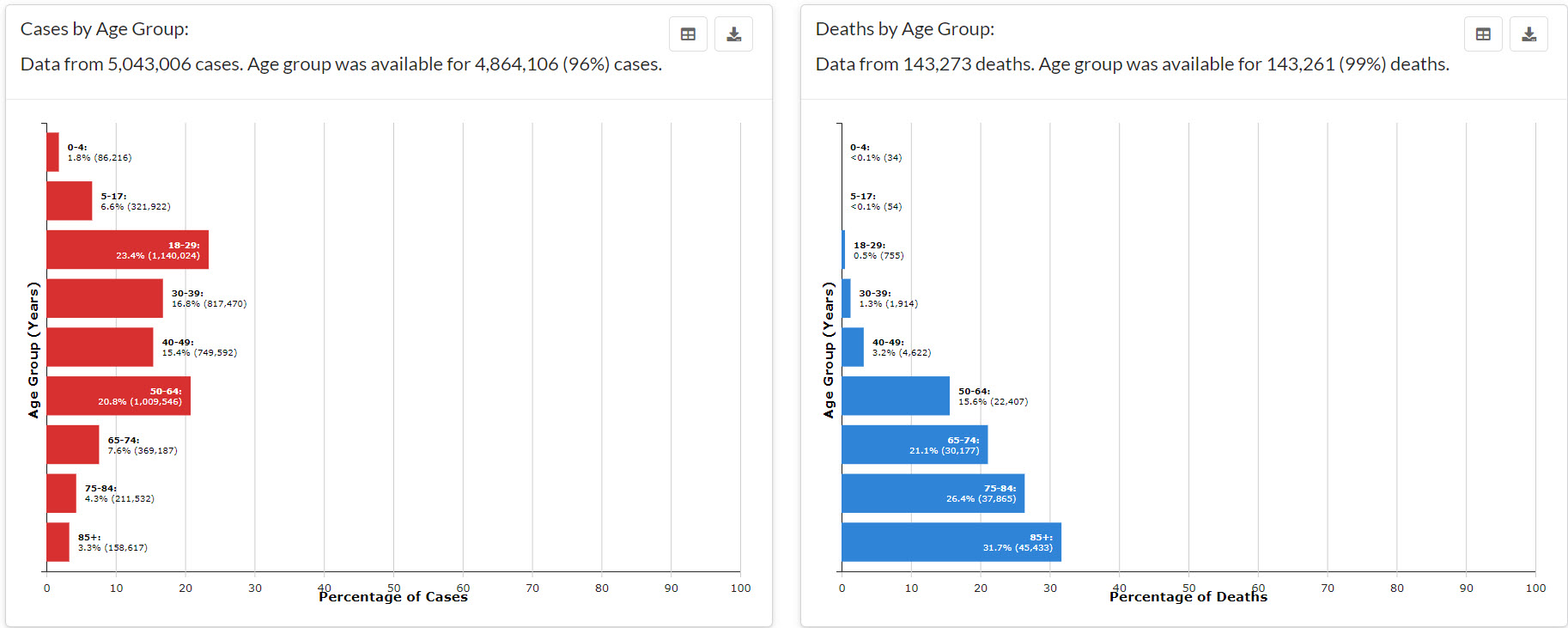
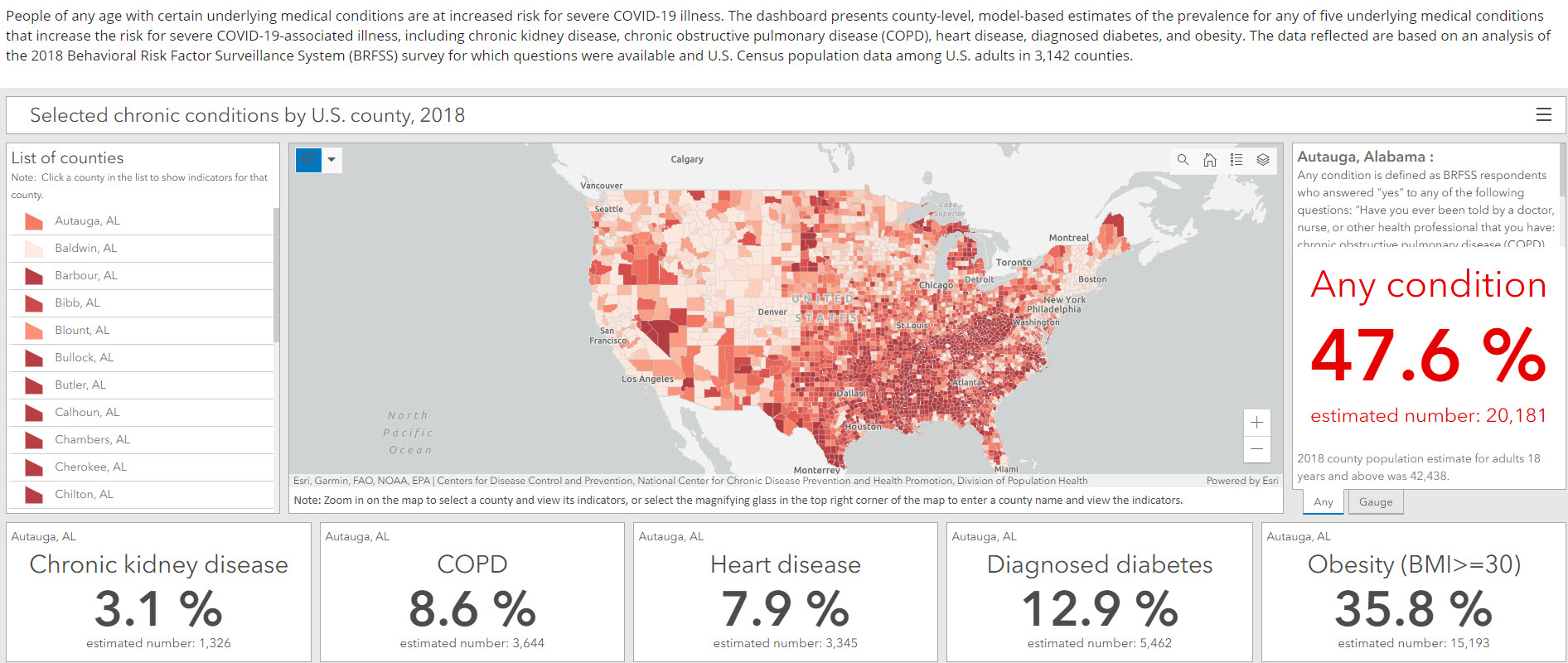

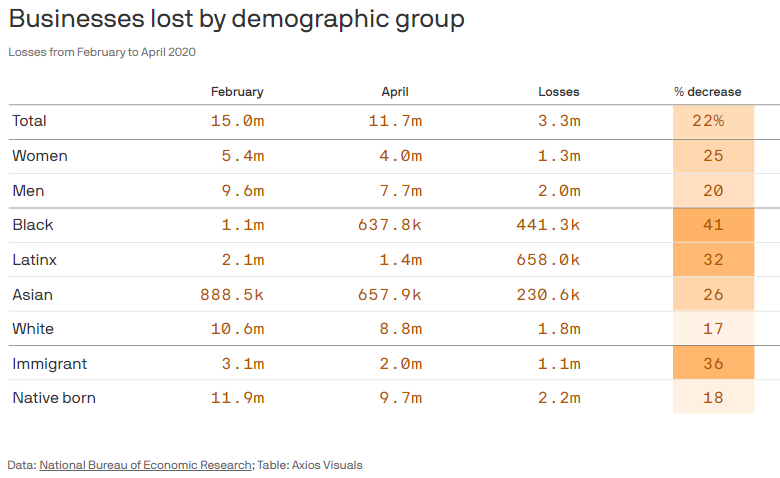
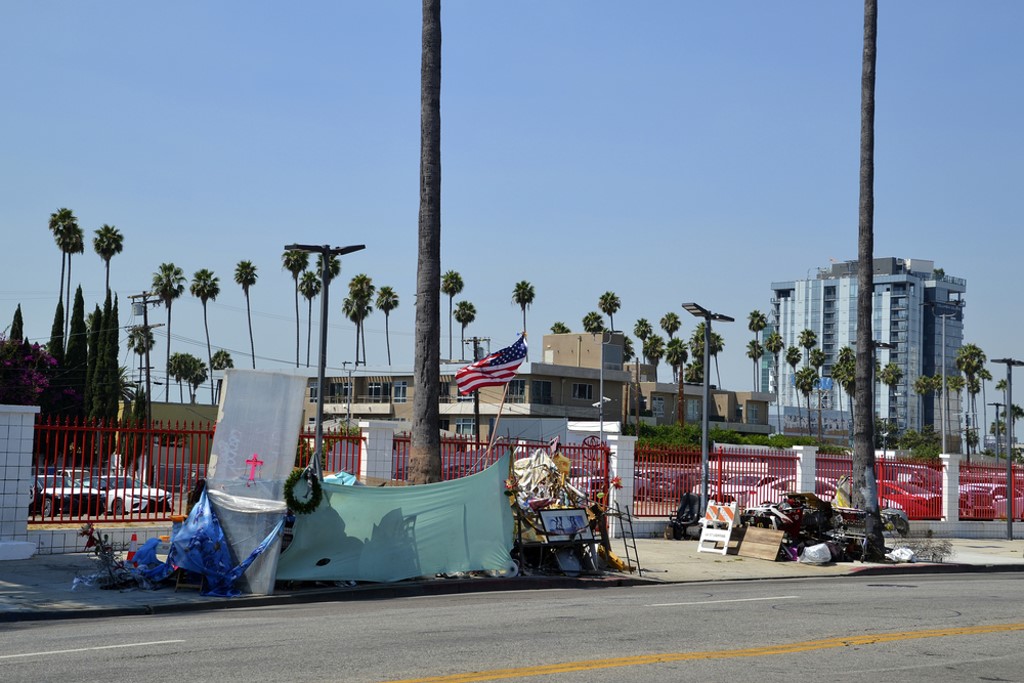

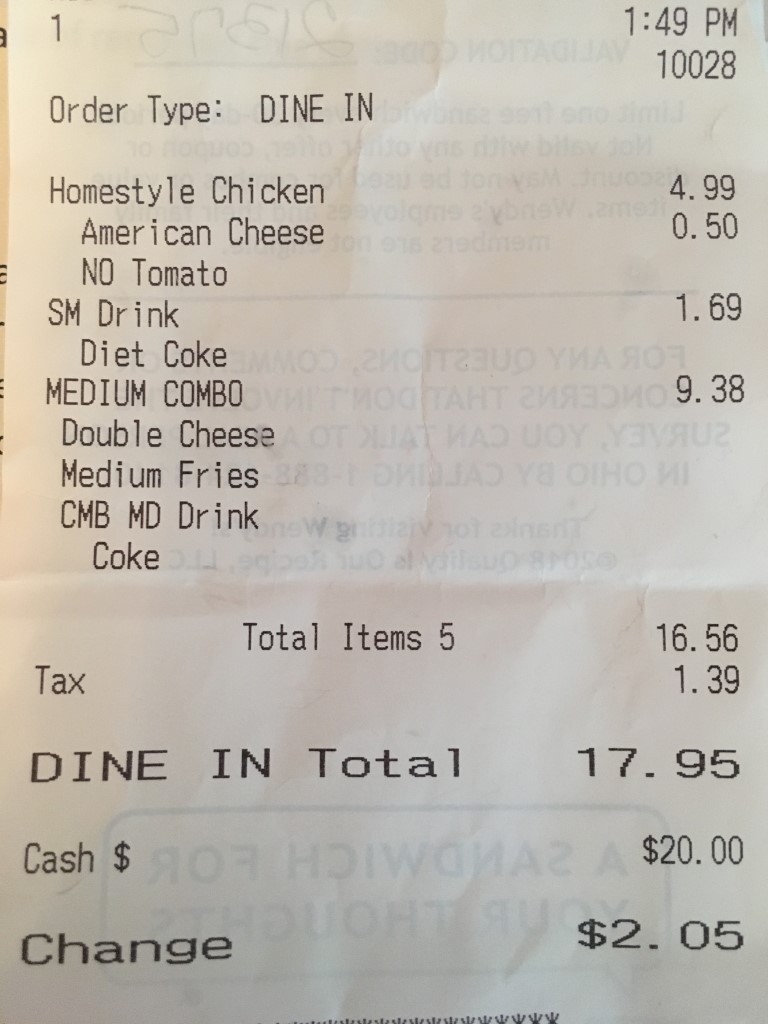



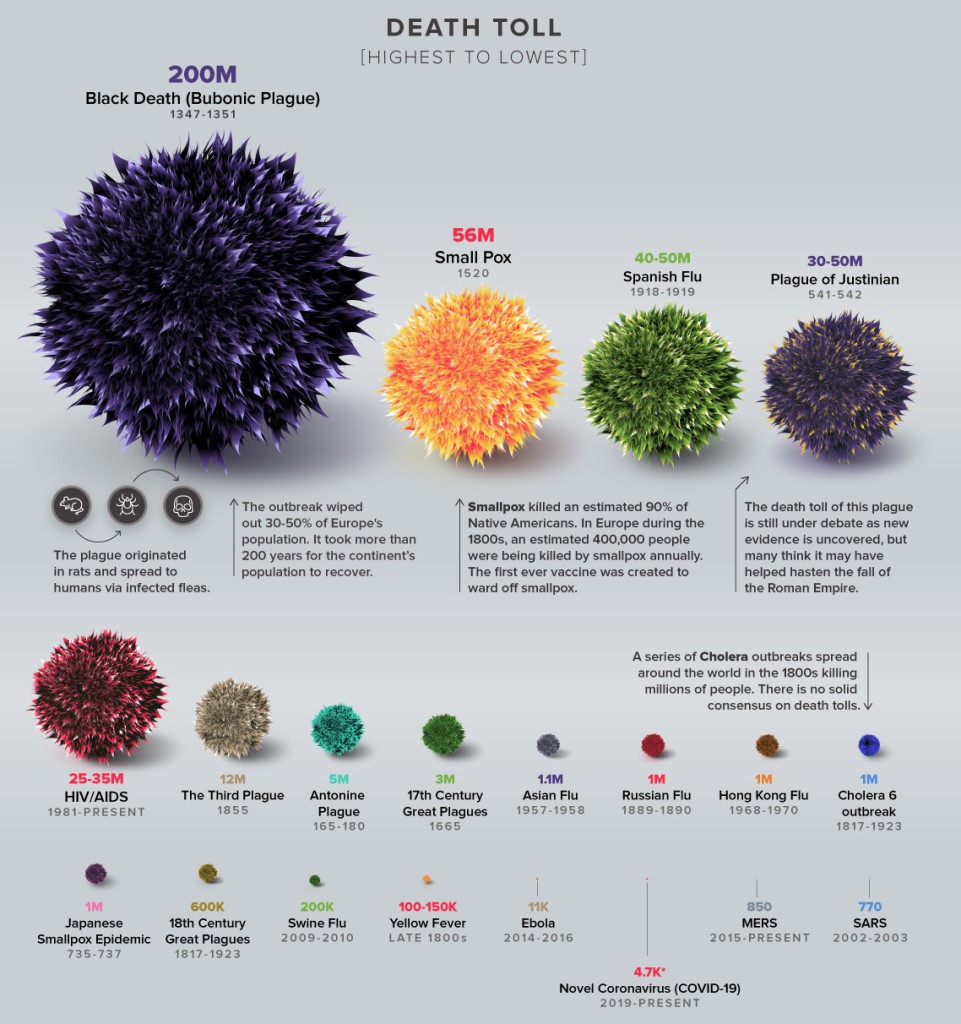


 We can begin with our own personal behavior: the simplest one being, if someone doesn’t agree with your opinion, shut up and LET IT GO! That’s called acting like an adult. Do not call names, do not bully, do not get violent. None of those behaviors will change anyone’s mind…whoever told you it would?
We can begin with our own personal behavior: the simplest one being, if someone doesn’t agree with your opinion, shut up and LET IT GO! That’s called acting like an adult. Do not call names, do not bully, do not get violent. None of those behaviors will change anyone’s mind…whoever told you it would?